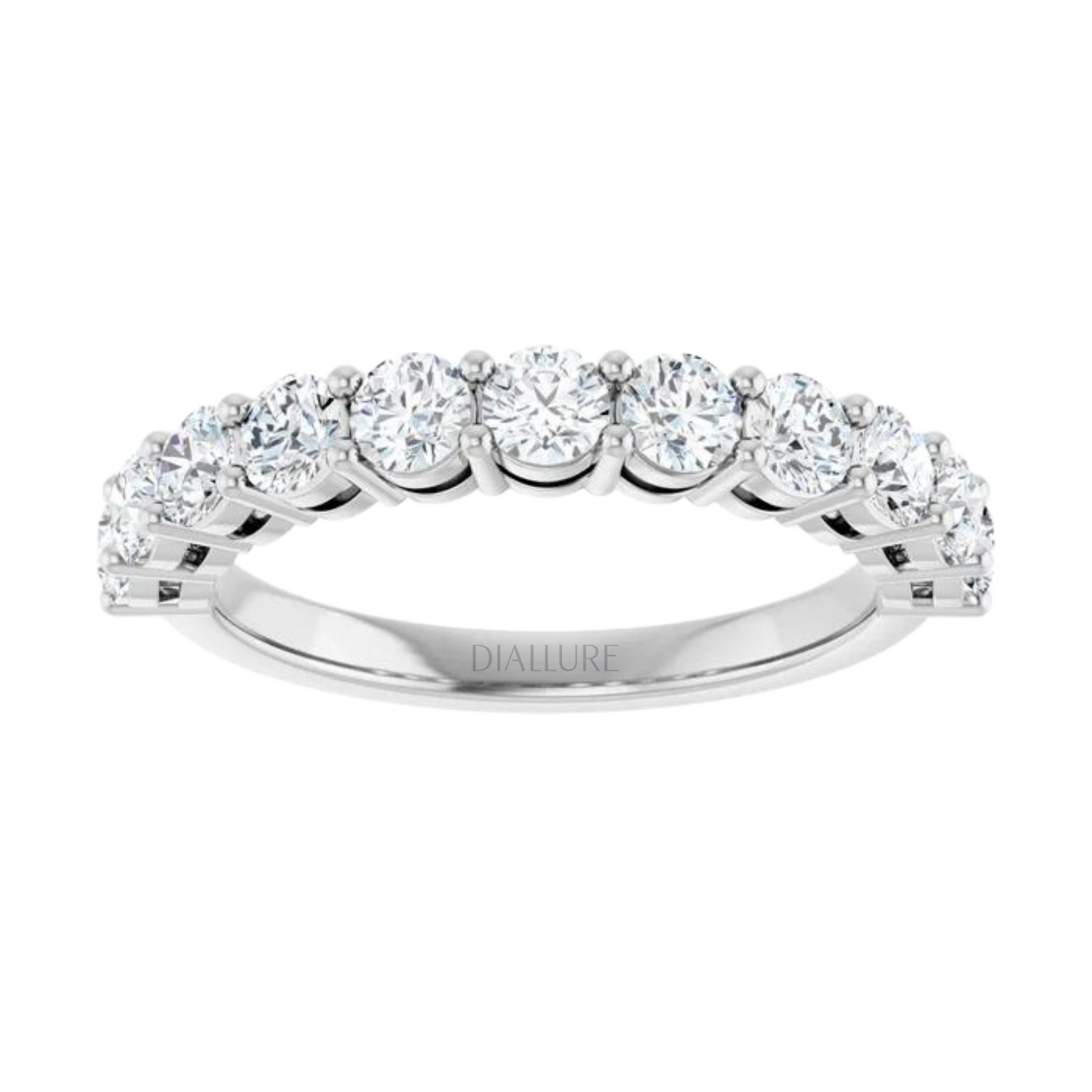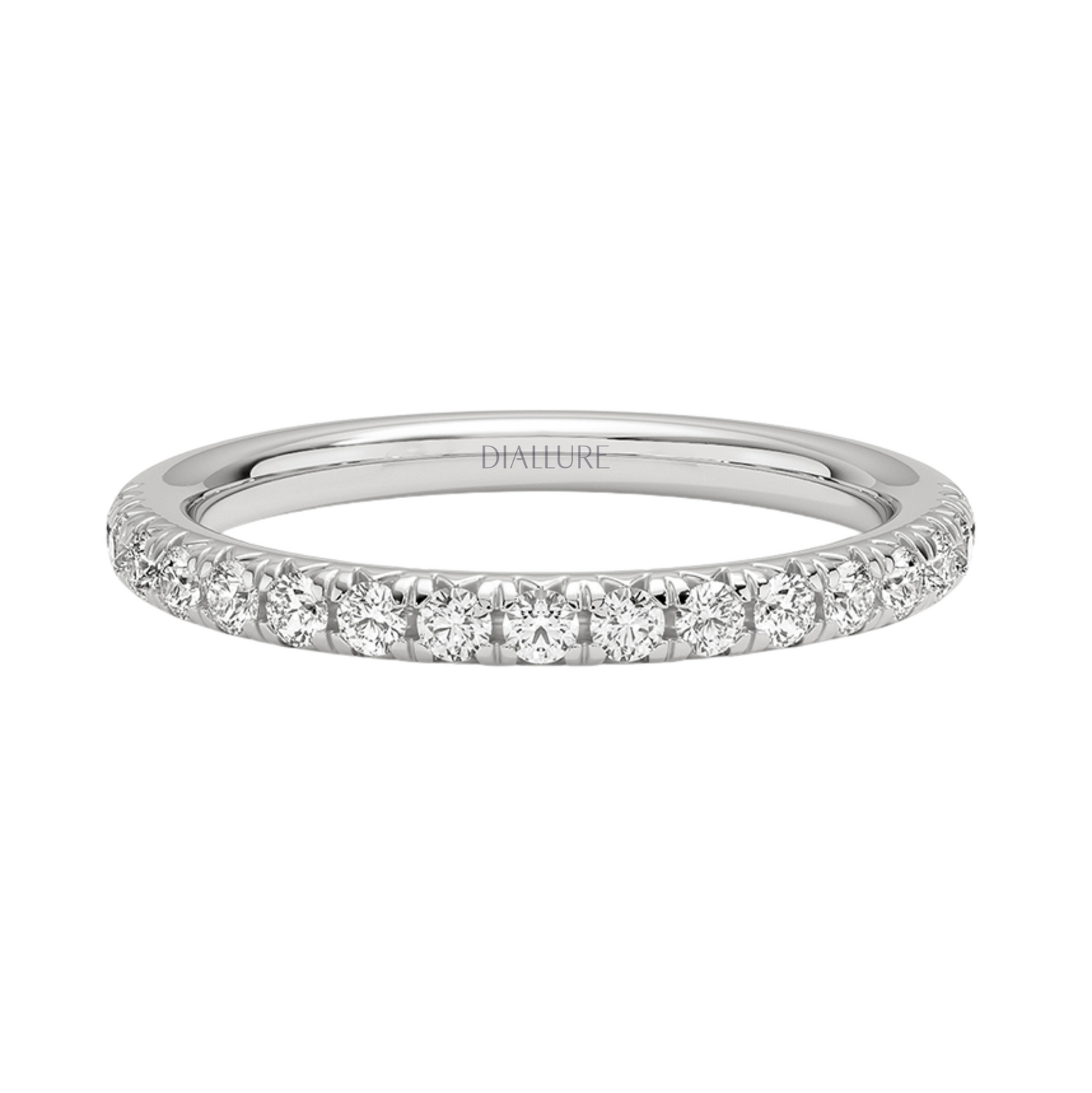1. What is a pink diamond?
Pink diamonds are a type of diamond that is extremely rare . While normal diamonds are generally colorless or slightly yellowish, pink diamonds, as their name suggests, have a pink hue. This beautiful hue is known to be extremely valuable due to its rarity and beauty .
Pink diamonds are thought to get their color from trace amounts of nitrogen and other impurities, but it is not yet fully understood what makes pink diamonds pinker than other diamonds.

2. The growing rarity of pink diamonds
The Argyle mine is located in the western part of Australia, where pink diamonds have been mined since 1983. However, due to the depletion of the mine and economic factors, it was decided to close the mine in November 2020. The closure of the Argyle mine ended its status as one of the most productive pink diamond mines in the world. This event has made pink diamonds even more rare. Since production from the Argyle mine had previously supplied the market, the closure has eliminated that source, making pink diamonds more difficult to obtain . This increased rarity has affected the price of pink diamonds and pushed up their market value.

3. The truth behind cheap pink diamonds
On the other hand, you may have noticed that there are very inexpensive pink diamonds on the market.
Be careful with these inexpensive pink diamonds. They are most likely artificially colored, not naturally pink. Natural pink diamonds are usually very rare, and the color comes from trace impurities or unusual structures in the crystal. However, there are also pink diamonds on the market that have been artificially treated to give them more color.
3.1 What are pink diamond treatments?
Pink diamond treatment is a process that is done to improve the color and appearance of a diamond. Treatment is done mainly for lower priced diamonds and other gemstones.
3.2 Common pink diamond treatment methods
3.2.1 High Pressure High Tempering (HPHT)
High Pressure High Tempering is a process that uses high pressure and high temperature to change the color of a diamond. This can enhance the color of natural pink diamonds. HPHT treatment is relatively common and is used to improve other colors as well.
3.2.2 Radiation processing
Radiation is a process in which diamonds are exposed to radiation to induce a color change. This can make pink diamonds appear more vibrant in color. However, this treatment must be done carefully as it can cause color changes that are not stable.
3.2.3 Coating
A thin coating may be applied to the diamond's surface to enhance or improve its color, but care should be taken as coatings are typically not durable and may wear off over time.
Due to these treatments, they may be offered at a lower price than genuine pink diamonds . Treatments can be confirmed if there is a certificate that accurately describes the facts, but very inexpensive diamonds and small melee diamonds often do not come with a certificate, so be careful. If you are looking for a rare pink diamond, please consult a trusted jeweler.
4. Reasons why we recommend getting a lab-grown pink diamond
Lab-grown pink diamonds are a good choice for those who want to get a beautiful pink gemstone at an affordable price. Treatments for natural diamonds often involve artificially coloring low-grade diamonds to deepen the pink hue and make inclusions less noticeable. In this respect, lab-grown diamonds are produced in a controlled environment, so their quality is stable . It is generally more difficult to find low-grade diamonds, so you can choose higher quality and more beautiful ones .
Diamond jewelry sold at DIALLURE is made to order, so pink diamonds can also be set in it. Natural pink diamonds are very rare, so it's a matter of luck whether you can get one with the 4Cs you want. If you are looking for one, please contact us.
Lab-grown pink diamonds are relatively easy to obtain. Please feel free to contact us for more information.
If you would like to consult, please click here .



